

The space within becomes the reality of the building.
~ Frank Lloyd Wright
Drywall and ceiling contractors define the space within a building so that occupants can create their desired reality. As they finish off interior walls and ceilings, these contractors create areas that deliver both form and function and bring the space to life.
Because drywall is an essential part of nearly every building constructed. No matter what type of structure, commercial or residential, you will find interior walls and ceilings made of drywall.
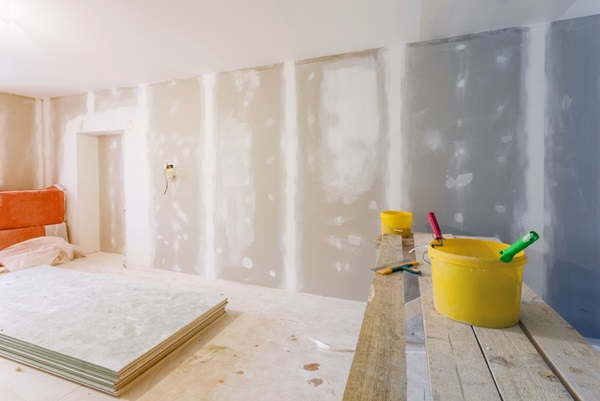
Virtually all drywall is made of gypsum plaster with a paper coating
Invented in 1916 by the U.S. Gypsum Company , drywall replaced the more labor- and time-intensive plaster walls that were commonly built. Today, sheetrock, the U.S. Gypsum Company’s brand of drywall, is the most prevalent material used for finishing walls and ceilings. The lightweight material comes in panels that can be easily attached to metal or wood studs, creating interior walls.
On this industry page, we cover a wide range of construction drywall topics: the industry, types of drywall contractors, employment and occupations, work activities, tools, associations and organizations, and safety hazards. You may opt to continue reading to learn more about drywall, or you can click the hazard warning icon and be taken directly to the safety section for this industry, its suggested PPE, and a list of potential hazards.
Drywallers make up the construction sub-industry identified by NAICS 238310. This coded number allows the government to classify all activities performed by the sector's businesses, helping workers and suppliers better understand the industry.
According to IBISWorld, thedrywalling industry produces over $51 billion in economic activity each year. All companies operating in this industry are referred to as Drywall and Insulation Contractors. Those who work in this part of the construction industry hang wallboard and install ceilings. They may also perform drywall repair on existing buildings.
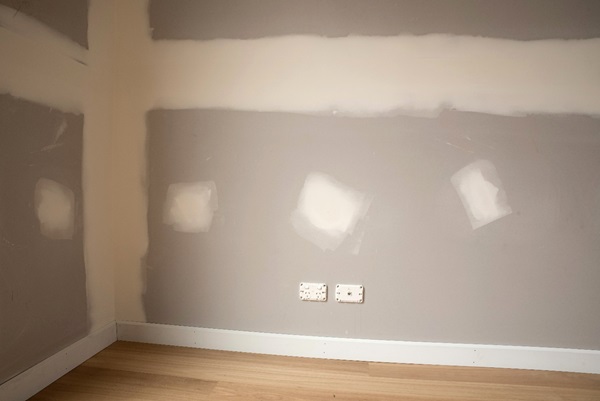
You never use the same glove for all workplace applications, and you never use the same drywall sheets to build interior walls. The sheetrock a contractor uses dependson its location and application within a building.
Here is a breakdown of different types of drywall that may be used:
Regular / Standard -This drywall is the most common and economical type produced for residential construction.
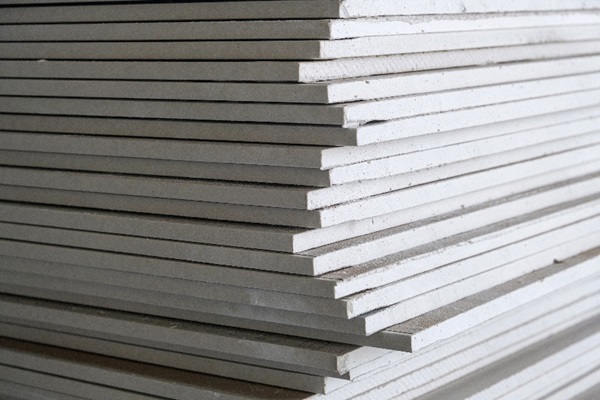
Green -In areas more likely to experience higher moisture or humidity levels, such as bathrooms or kitchens, this more moisture-resistant drywall is used.
Blue -This drywall offers exceptional absorption and is used for veneer plastering.
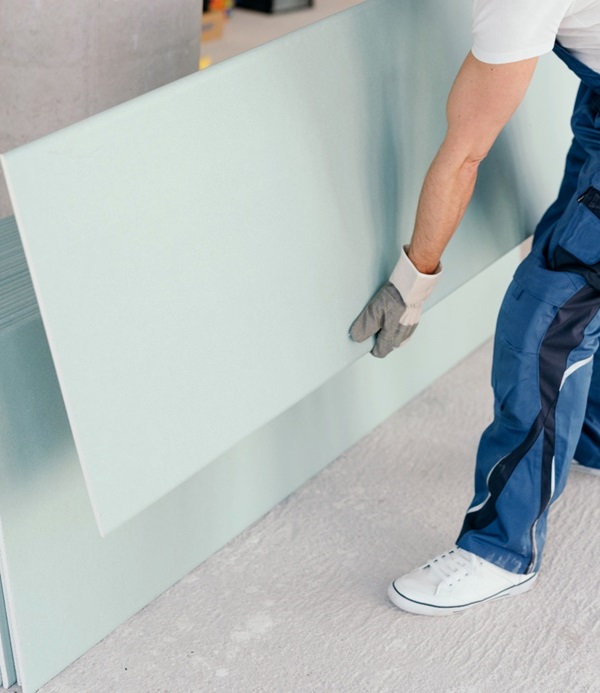
Paperless -Protected with fiberglass as an alternative to paper, this drywall is more formidable than standard drywall.
Purple -This drywall offers excellent moisture, mildew, and mold resistance.
Type X -With high fire resistance due to its multi-layer construction, this type of drywall helps prevent a fire from spreading.
Soundproof -This laminated drywall helps dampen the sound and is used in noisy areas.
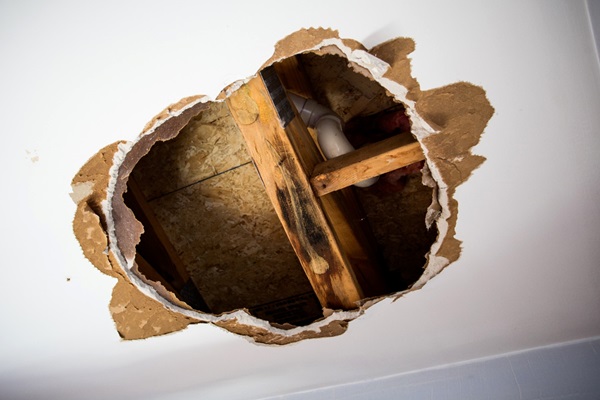
Life happens. A wrong turn while moving a heavy bookcase or a small leak from a pipe in the wall can leave
you with a section of drywall that needs repair. How do you repair drywall? Maybe the better question should
be, are you ready to do it yourself? It's a frequently asked question for a lot of people not directly
linked to the construction industry.
While not necessarily trick, drywall repair can be time-consuming, and, for most, it is not a task they are
willing to learn, which is why repairing walls is a big part of the drywall contractor's world. However, for
some DIY-ers, it is a worthwhile skill to learn. Below are some of the skills you'll need to know and some
resources to help you carry out multiple drywall-related tasks, with links to helpful educational
info:
How to Mud Drywall -When repairing or replacing drywall, “mud” is used to hide the seams between the different pieces. To achieve a flat surface, you’ll need to apply the mud smoothly inthis step . Here is agood video to learn more about this critical step of drywall taping.
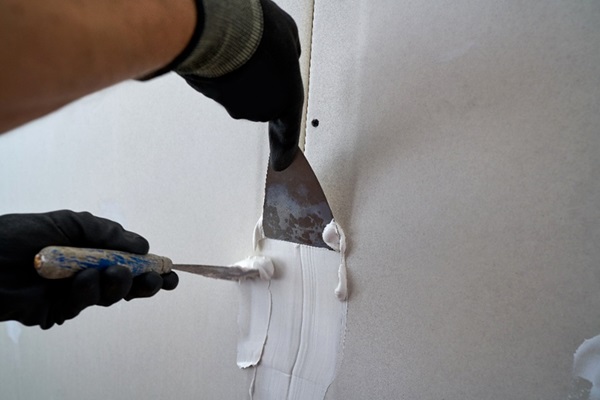
How to Tape Drywall -Repairing corners and fixing cracked taped seams occurs every day within the drywalling profession. With over 1 million views, you'll want to check outthis video to learn more about this critical step of drywall taping.
How to Patch Drywall -Fixing holes, including nail holes, is a big part of what drywall contractors do every day. If you want to learn how to patch drywall, Lowe's provides an excellentmulti-step process and a video.
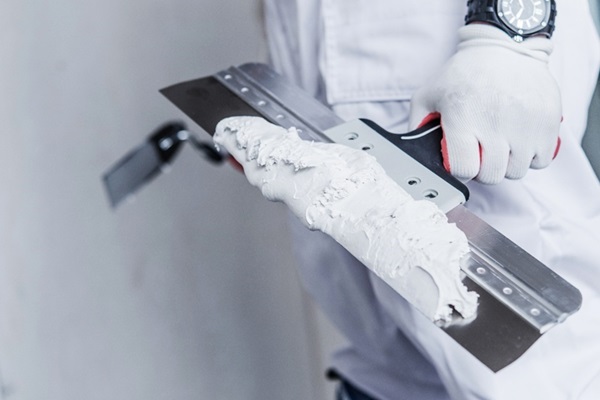
How to Texture Drywall -Sometimes, larger repairs require the new drywall to be retextured to match the existing wall or ceiling texture. Texturing drywall, sheetrock, and plaster are typical activities for the drywall professional. You can check out thisvideo to learn some excellent tips and hacks to help you get professional-looking results.
How to Hang Drywall -Big fixes or new construction may mean you need to hang an entire sheet of new drywall as opposed to just completing a small patch. You're not going to want to mess this step up. To help ensure success, you'll need the proper drywall hanging tools, and you'll need to learn the art of hanging drywall vertically. Here is anexcellent video to get you up to speed on this craftsman's skill.
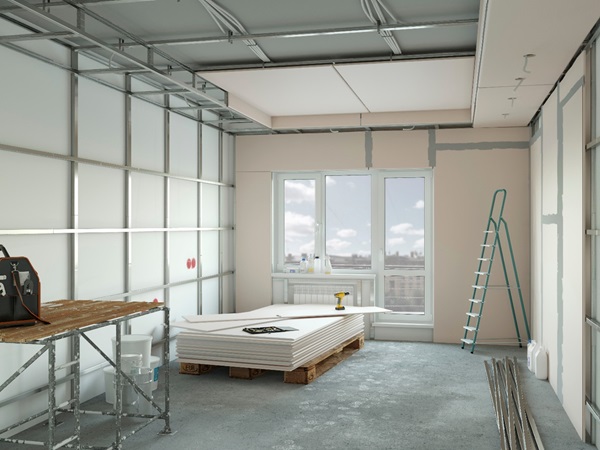
Drywall Installation
How to Finish Drywall -Just because the drywall is installed doesn’t mean the job is done. Get ready to sand, finish joints, and finish corners just like the pros. It's not easy, but it can be done. Thisvideo is well-made and will walk you through the steps to finishing your drywall!

The Association of the Wall and Ceiling Industry (AWCI )represents 2,400 companies and organizations directly or indirectly tied to this construction sub-industry. From suppliers to manufacturers, the organization provides services that help companies operate successfully. Here are some of their top online resources:
Numerous other associations assist companies in the industry. Here are some other associations and organizations:
All drywall associations have one thing in common: keeping drywallers and tapers armed with the most relevant, up-to-date information possible to help them best perform their job. Many employees in this industry look to associations for answers.
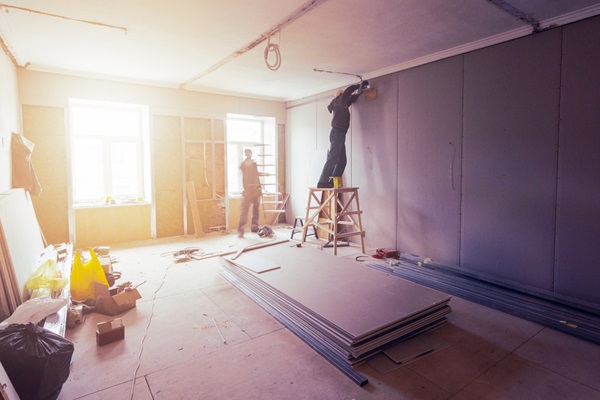
The invention of drywall eliminated some of the artistry required in plastering walls. Drywall easily attaches to wood, simplifying the overall installation process. Here is a look at the various types of drywall contractors as identified by the U.S. Bureau of Labor Statistics (BLS):
Drywall Installers
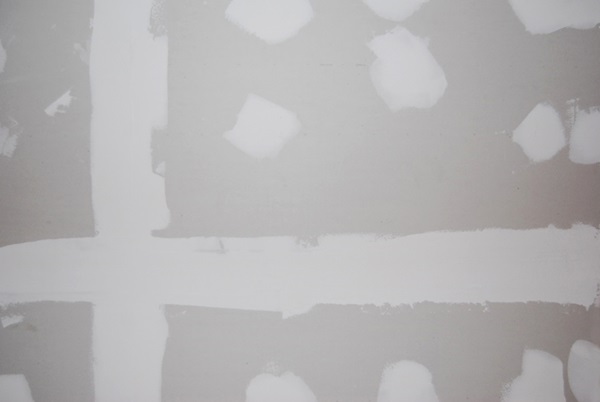
Often referred to as drywallers, they cut and hang wallboard.
Ceiling Installers
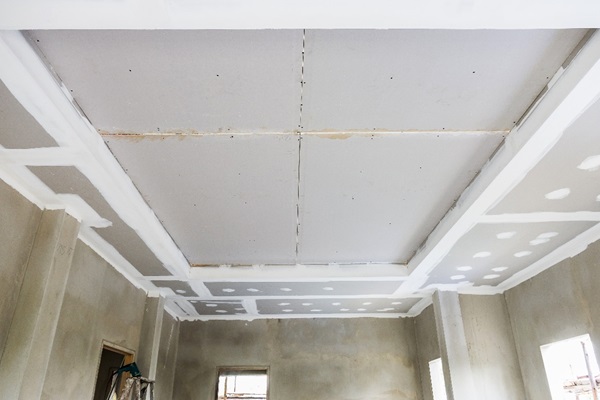
Hang and mount material to ceilings.
Tapers
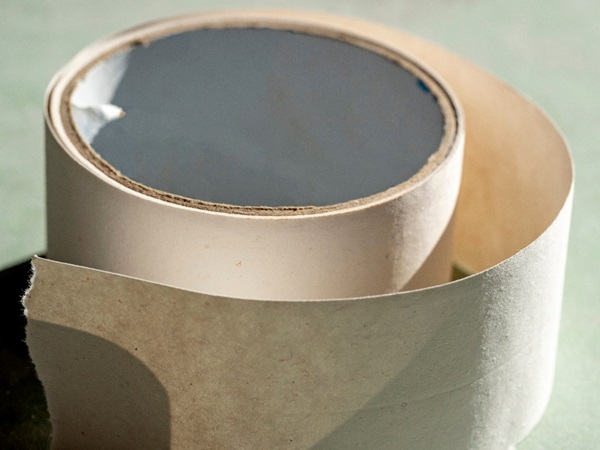
Prepare walls for paint or wallpaper.
Of the three trades listed above, the bulk of them finds employment installing walls. Let's break it down by the actual employment numbers.
http:
The drywalling trade is physically demanding, as workers are always reaching, lifting, and bending. However,
it is a much-needed trade due to new building construction and the demand for repair and renovation of
existing structures. Growth will be ongoing as older tradesmen leave the industry.
According to the BLS, there were 125,100 drywall and ceiling workers with employment in 2019. Here is a
breakdown of where drywall installers are employed:
| Employment Source | % Employment |
|---|---|
| Drywall and insulation contractors | 64 |
| Self-employed workers | 18 |
| Nonresidential building construction | 5 |
There were 21,800 tapers employed in 2019. Here is where they are employed:
| Employment Source | % Employment |
|---|---|
| Drywall and insulation contractors | 69 |
| Self-employed workers | 18 |
| Nonresidential building construction | 6 |
| painting and covering contractors | 2 |
Within the construction industry, the BLS shows there are 100,000 drywall contractors finding employment. That means 80% of all drywall workers find jobs directly in the construction industry.
http:As with all the trades within construction, there is never just one task workers perform. Installing drywall sheets may be simpler than plastering walls, but it still requires multiple work activities to get the walls up.
Here are some of the various activities performed by drywall contractors:
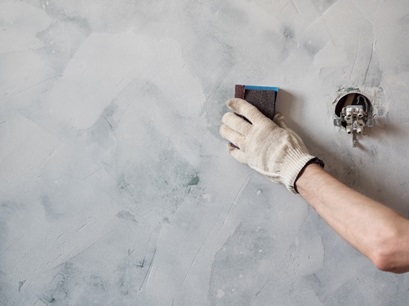
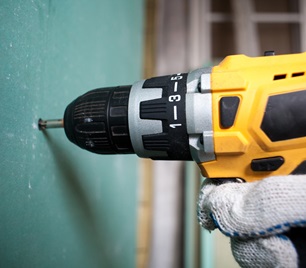
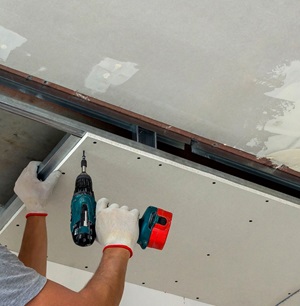
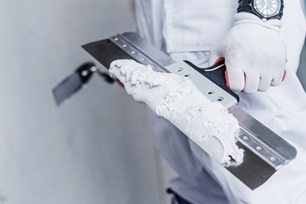
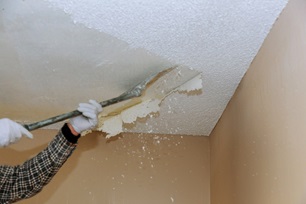
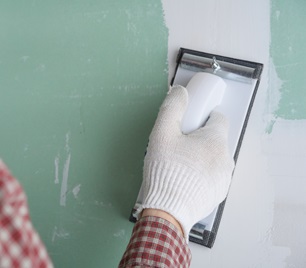
According to O*NET OnLine, 86% ofsurveyed drywallers said they perform these activities while standing. They often use their hands to feel objects and operate tools. This is important to note as it impacts the type of PPE drywallers need.
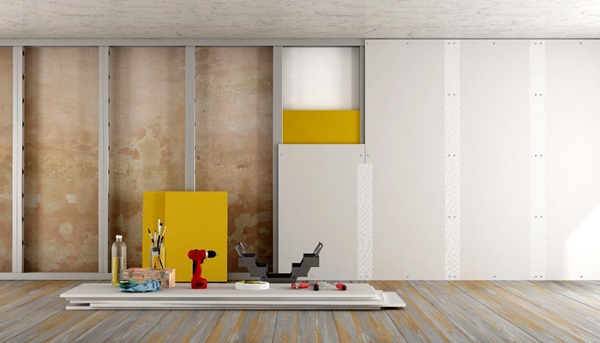
Drywallers know the ins and outs of their favorite hardware store. Here is a look at some of the most common
drywall tools used in drywall installation. We highlight these tools because many injuries workers suffer
are caused by the tools they use.
Here is a look at some of the most common drywall tools:
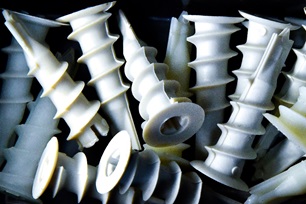
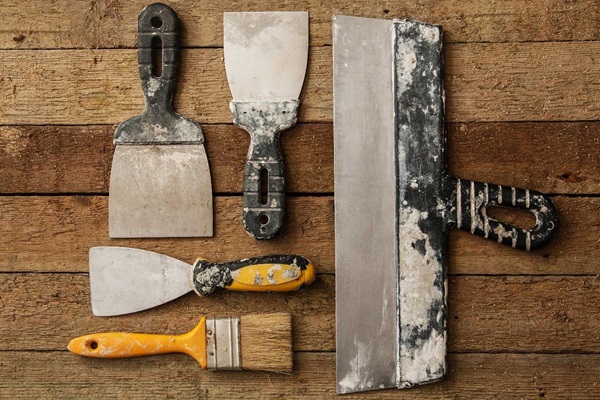
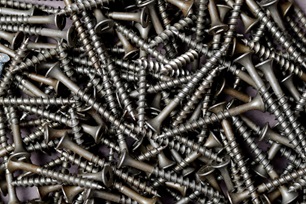
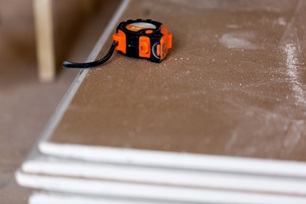
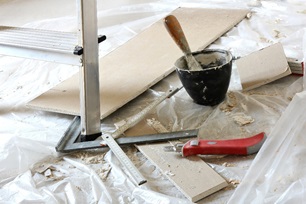
![]()
Keeping a watchful eye on the work environment is especially crucial for drywall and ceiling contractors. Accidents and injuries are common across the construction industry, especially among this group of professional contractors. The industry ranks #3 out of 21 total construction sub-industries for incidents. For every 100 people, there is an injury experienced by 3.9 workers. Here are some other stats the BLS provides that drywaller contractors should consider:
As you can see, there are some definite concerns for drywallers when performing work activities like the ones mentioned above. Due to the nature of construction work, PPE is a crucial part of keeping workers safe. However, before you begin selecting PPE, you must first know what hazards exist. Here are some completed job hazard analysis PDFs, which will help aid you in understanding what PPE is needed while installing drywall:
You might also enjoy reading some ofOSHA's Drywall Trainer Guide .It highlights the correct usage of tools, identifies drywall hazards, and suggests appropriate PPE.
With all the drywalling safety information and hazard information we've equipped you with, you're now ready to start considering PPE options available to drywallers. So let's dig a little deeper into personal protective equipment.
Due to the number of hand injuries experienced by workers in this industry, especially cut wounds, wearing appropriate work gloves is essential. Here is a broad list of various personal protective equipment (PPE) MCR Safety supplies to help drywall and ceiling contractors stay protected:
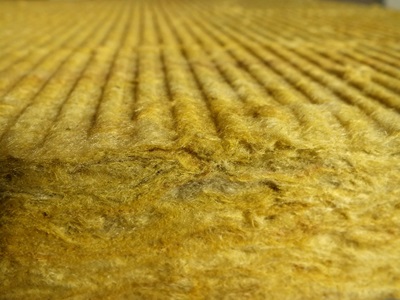
Fiberglass Insulation
When polled by the U.S. Department of Labor, 62% of drywall workers identified PPE as a part of their daily work uniform. As we highlighted above, these workers rank in the top tier of construction injuries, which means the number of workers acknowledging the need to wear PPE should be increasing.
As a general rule, work gloves are an absolute mustwhen handling
fiberglass batts,
sprayed-on finishes, rough-textured gypsum board panels, or sanding surfaces. Gloves are only the
beginning, though, as many other hazards may be present. Some of those and the PPE that can protect
against them are covered below.
We've highlighted a lot of drywalling information and thrown a bunch of industry stats at you.
This page's remaining part showcases some of the most common drywalling hazards and different PPE
options drywall and ceiling contractors should consider wearing while performing their work.
If you prefer to return to the main Construction home page, click the image below. From the home page, you'll be able to access any of the numerous construction industries we cover.
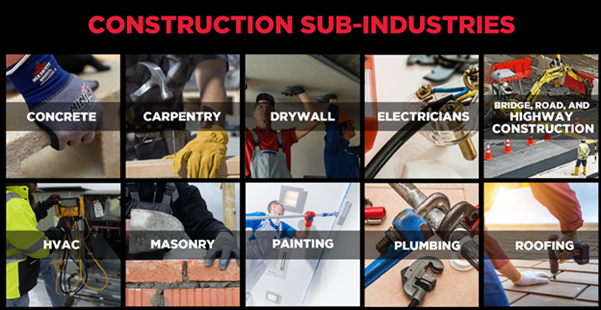
MCR Safety's dedicated Construction Industry resource page.
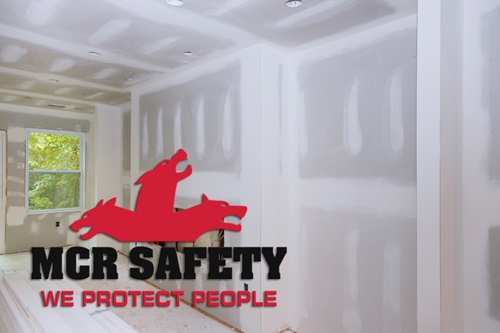
Find the right MCR Safety product that protects you against these common hazards.

Contractors face hazardous substances during most stages of drywalling. From mixing plaster ingredients to handling additives, chemicals are always around. Splashing chemicals during the cleaning and prepping stages can cause problems for workers. And, there is also a concern for cement exposure during the finishing stages of drywalling, such as taping, bedding, and sanding. Proper PPE, including safety goggles and chemical-resistant gloves, is critical!
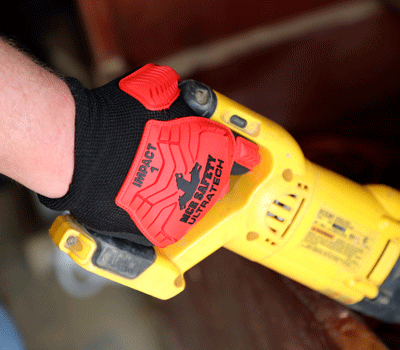
Lifting heavy materials while installing drywall can bang up someone's hands. We make super-thin impact-resistant gloves, along with cut-resistant styles, too!
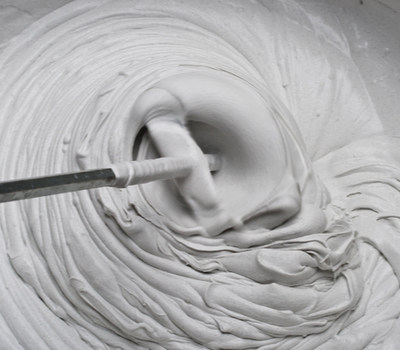
Drywallers spend substantial time mixing and applying drywall mud, which means they had better be wearing safety glasses and gloves. It's also a good idea to wear safety goggles when handling joint filler compounds, as goggles completely seal the eyes from all foreign substances.
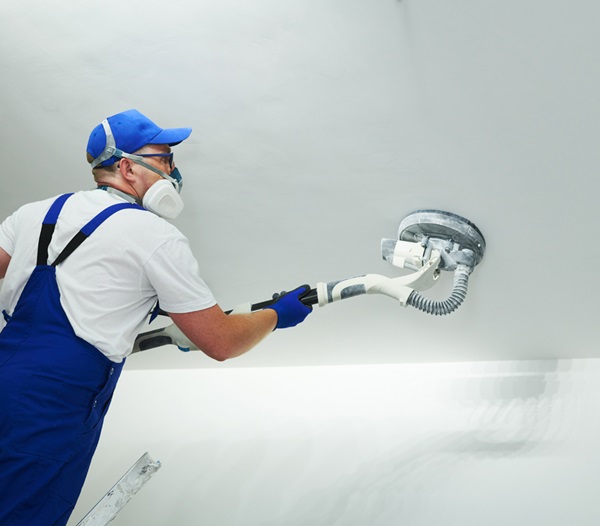
Sanding drywall to get rid of deficiencies is a required part of any drywall project. Lined safety glasses are perfect for protecting eyes in dusty environments.
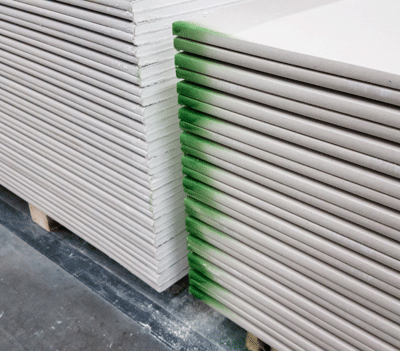
Every construction site requires steel toe boots, as there is always the possibility that tools, items, or materials may fall onto your feet. For drywallers, the concern becomes real when handling large panels of heavy drywall. You don't want those falling on your feet!

Drywallers work mostly indoors. However, when they go from outside to inside regularly, safety glasses and goggles can become fogged. This mostly happens during extreme temperature fluctuations, but don’t worry - we've got you covered!
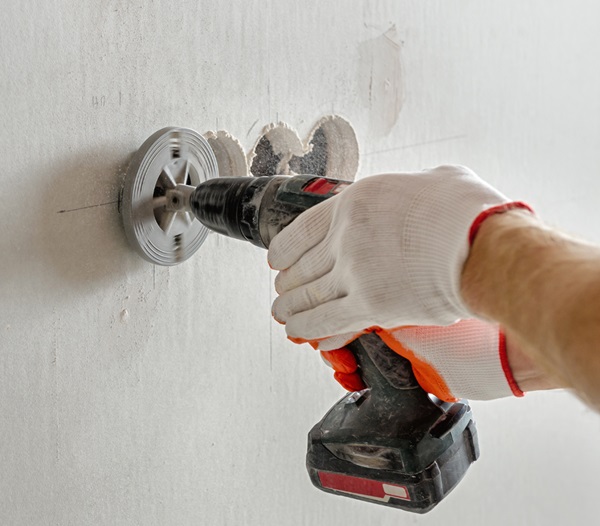
Flying particles and drywall dust cause eye irritation and are a potential hazard for countless workers. Drywallers should be wearing safety glasses and goggles at all times while on a construction worksite. However, they should definitely be wearing eye protection when cutting materials, mixing plaster, applying spackle, sanding, or finishing ceilings. Let us help keep your eyes fixed on the job at hand.
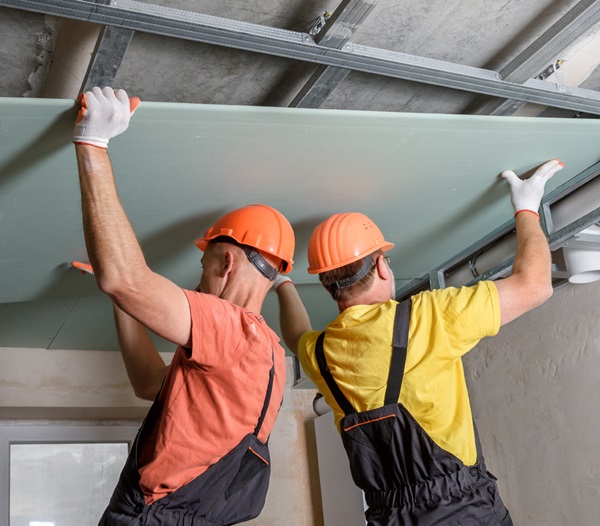
Installers are always lifting, holding, handling, and stacking materials, and their hands are always in use. It's smart to wear some form of abrasive-resistant gloves. We stock PU-dipped gloves, which provide an excellent sense of touch and protection from rough materials.
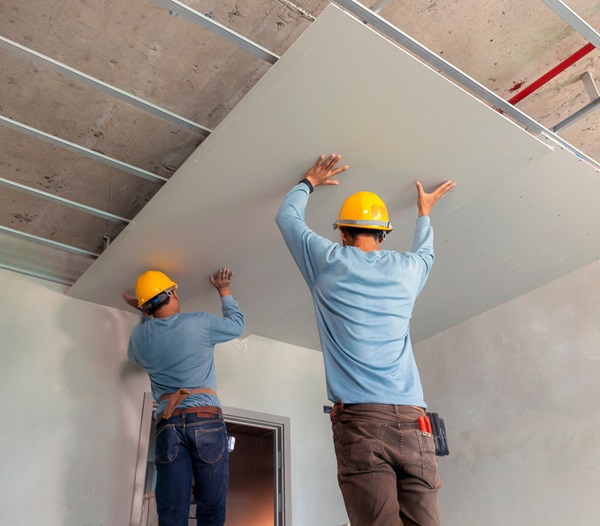
When hanging vertical drywall pieces, sometimes a worker has to be looking up. In turn, safety glasses can become a problem if they’re not adjusted properly and cause an obstructed view. We make safety glasses with a ratcheting temple to avoid this problem.
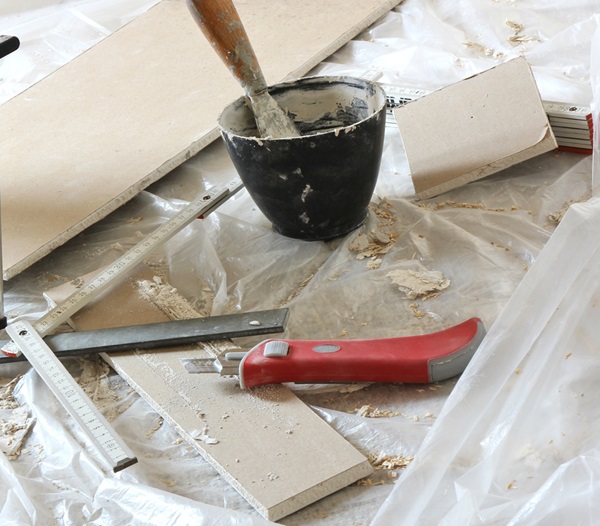
Anytime you are working with power tools, cut injuries are a concern. Using hand tools such as spackle blades, chop saws, knives, and trowels can also easily cut workers' hands. Cutting out drywall to be replaced, cutting materials with snips, and replacing saw blades all offer injury opportunities. Don't worry; we know sense-of-touch is important for drywallers. We make featherweight cut protection that allows dexterity and sense of touch while protecting from sharp objects.
 Why MCR Safety Products?
Why MCR Safety Products? 
MCR Safety manufactures and supplies Personal Protective Equipment (PPE). Simply put, WE PROTECT PEOPLE! We are known world-wide for our extensive product line depth surrounding gloves, glasses, and garments spanning across numerous industries. We offer the total package of safety gear encompassing industrial gloves, safety glasses, protective garments, welding gear, industrial boots, Flame Resistant (FR) gear, face shields, and much more. From a glove standpoint alone, MCR Safety manufacturers and supplies over 1,000 different style gloves. Here are some of the many reasons MCR Safety is your go to source for PPE:
MCR Safety is recognized as a global manufacturer stretching across six countries, with both distribution and manufacturing facilities. Our core competency and specialty is manufacturing and supplying protective gloves, glasses, and garments. The information shown and provided on MCR Safety’s website, its safety articles, industry resource pages, highlighted hazards and safety equipment should be used only as a general reference tool and guide. The end user is solely responsible for determining the suitability of any product selection for a particular application. MCR Safety makes no guarantee or warranty (expressed or implied) of our products’ performance or protection for particular applications.